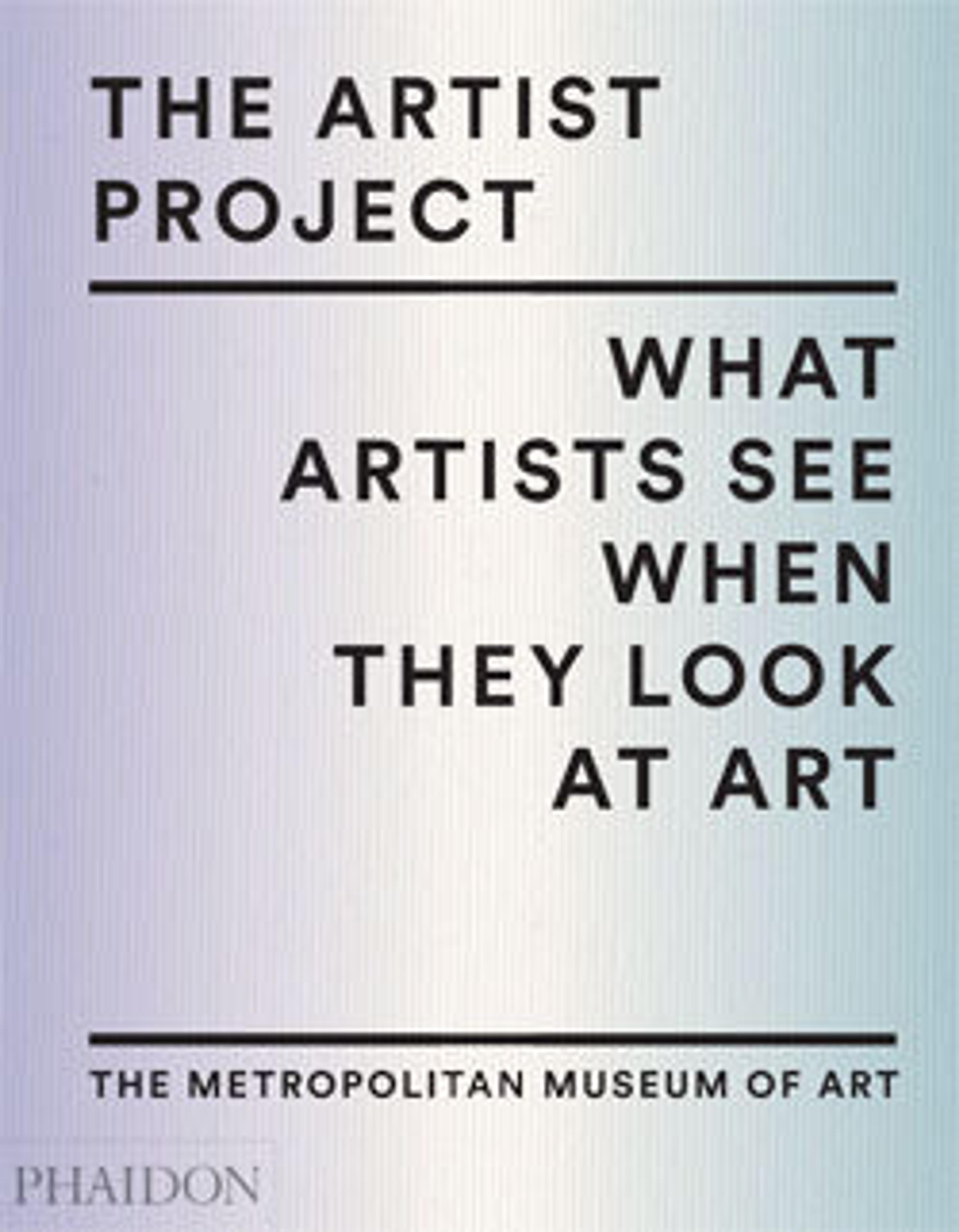Bull's head from column capital
The monumental art and architecture of the Achaemenid period are best exemplified by the ruins of Persepolis, the large ceremonial capital of the empire originally built by Darius I (r. 521–486 B.C.) and expanded by his successors. Persepolis is located thirty miles northwest of Shiraz in the southwest Iranian province of Fars. There, structures like the "Hall of One Hundred Columns" and the "Throne Room of Darius and Xerxes" exhibit features characteristic of Achaemenid palace architecture—large square rooms, with ceilings supported by many columns. Some of the columns in the Throne Room have been reconstructed and stand more than sixty-five feet high.
The column capitals were decorated with the foreparts of bulls, lions, and griffins carved in the round. This object being a prime example of a standard bull's head. The sculptures often consisted of the addorsed foreparts of such creatures to form a solid support for the wooden beams they held. This type of architectural decoration appears to be an entirely Achaemenid creation but this sculpture was reused during the early Islamic period in a building identified as a mosque at Istakhr, near Persepolis. The Medieval geographer Muqadassi mentions exactly that in the tenth century the Istakhr mosque has "columns, with cows on them."
The column capitals were decorated with the foreparts of bulls, lions, and griffins carved in the round. This object being a prime example of a standard bull's head. The sculptures often consisted of the addorsed foreparts of such creatures to form a solid support for the wooden beams they held. This type of architectural decoration appears to be an entirely Achaemenid creation but this sculpture was reused during the early Islamic period in a building identified as a mosque at Istakhr, near Persepolis. The Medieval geographer Muqadassi mentions exactly that in the tenth century the Istakhr mosque has "columns, with cows on them."
Artwork Details
- Title:Bull's head from column capital
- Period:Achaemenid
- Date:ca. 5th century BCE
- Geography:From Iran, Istakhr, near Persepolis
- Culture:Achaemenid
- Medium:Limestone
- Dimensions:19 1/8 × 11 7/16 × 15 3/4 in. (48.5 × 29 × 40 cm)
- Credit Line:Rogers Fund, 1947
- Object Number:47.100.83
- Curatorial Department: Ancient West Asian Art
More Artwork
Research Resources
The Met provides unparalleled resources for research and welcomes an international community of students and scholars. The Met's Open Access API is where creators and researchers can connect to the The Met collection. Open Access data and public domain images are available for unrestricted commercial and noncommercial use without permission or fee.
To request images under copyright and other restrictions, please use this Image Request form.
Feedback
We continue to research and examine historical and cultural context for objects in The Met collection. If you have comments or questions about this object record, please contact us using the form below. The Museum looks forward to receiving your comments.
